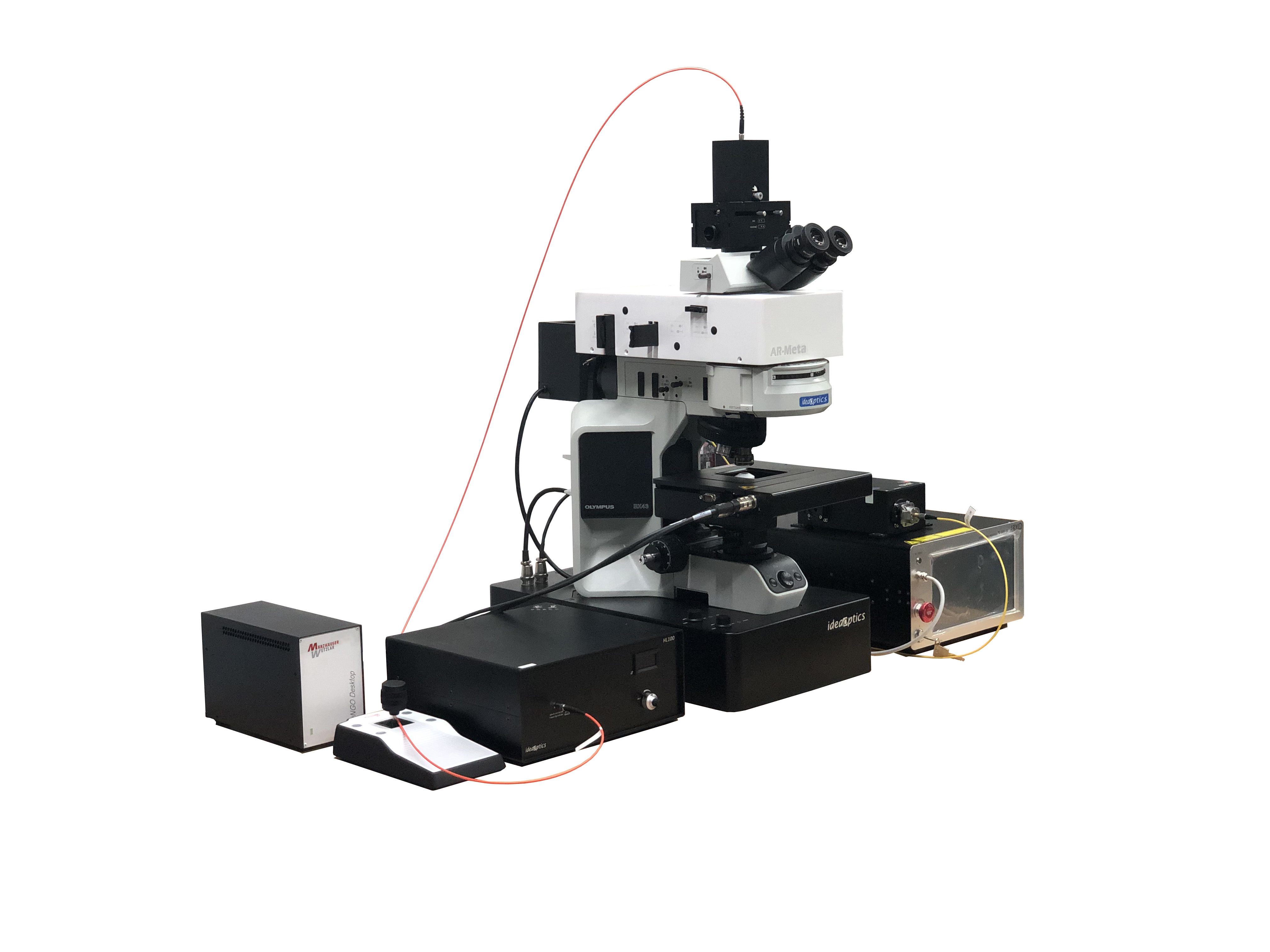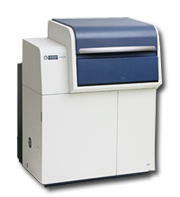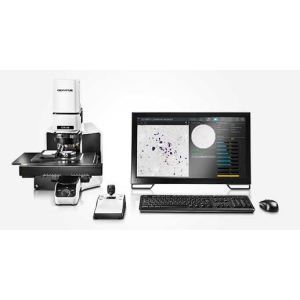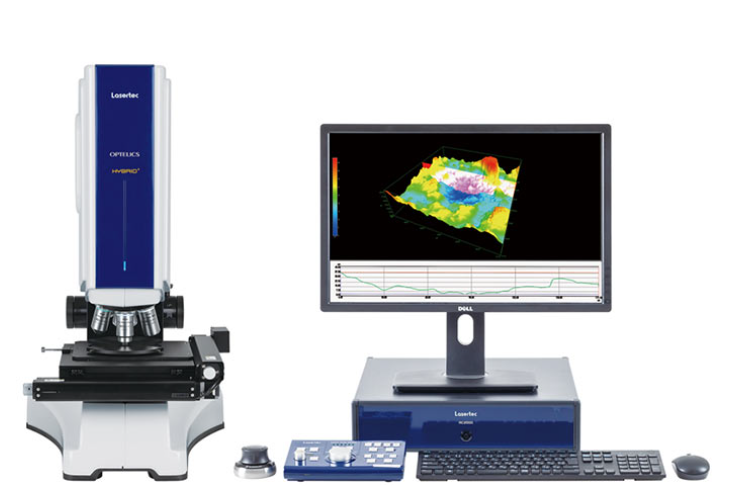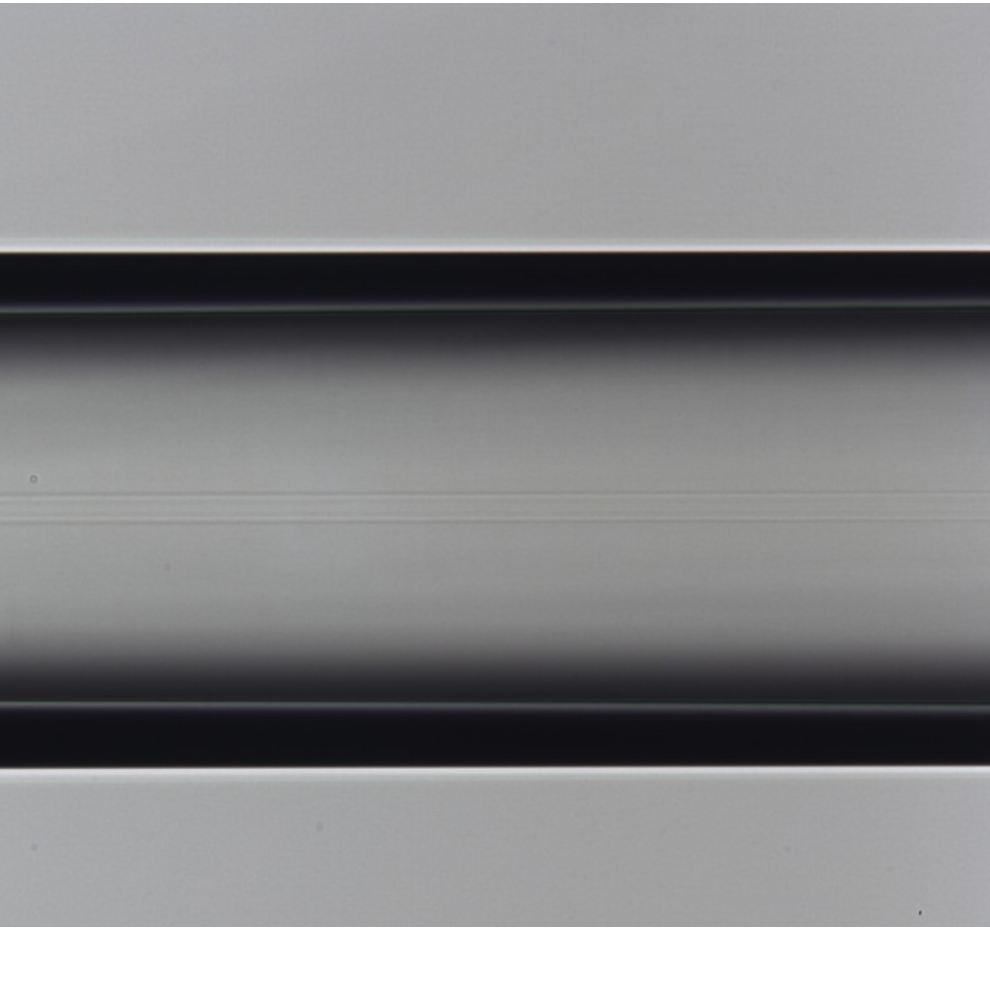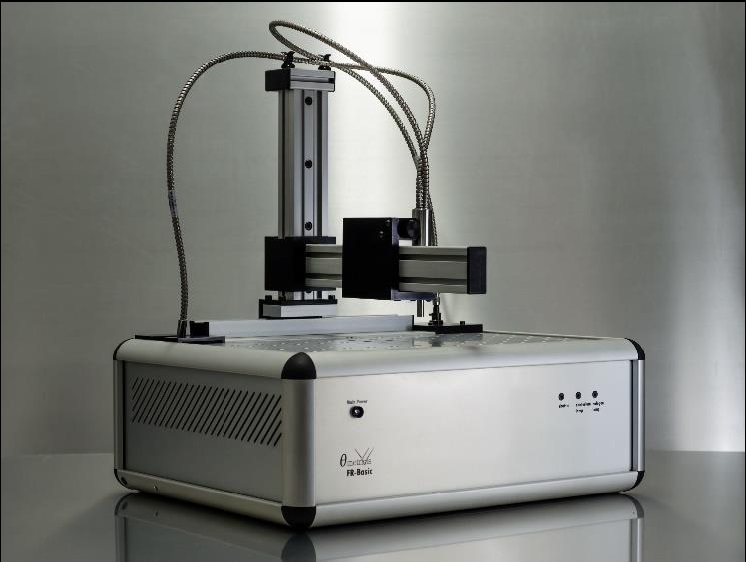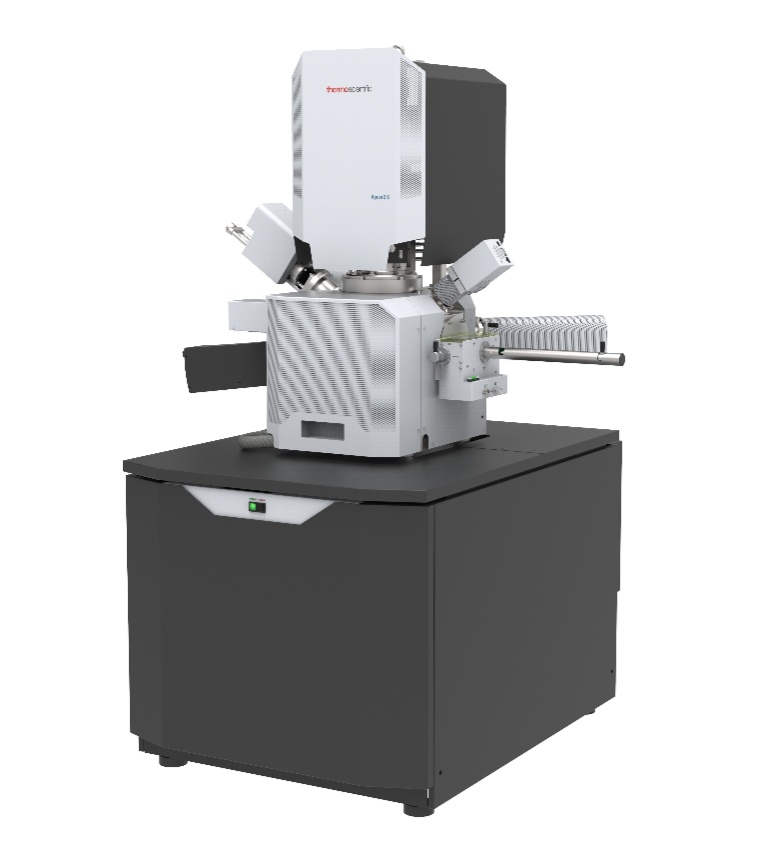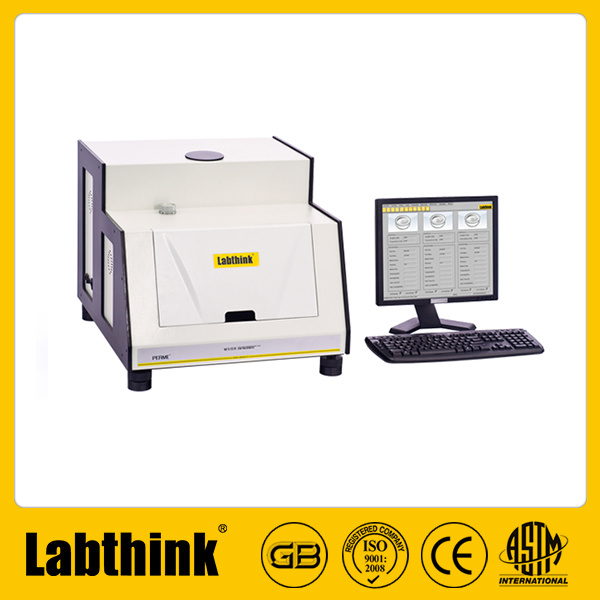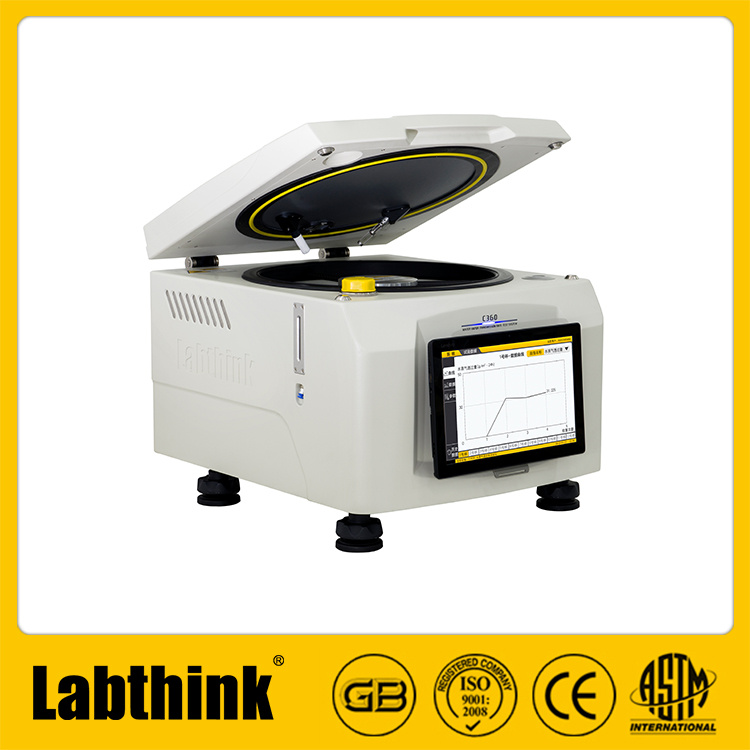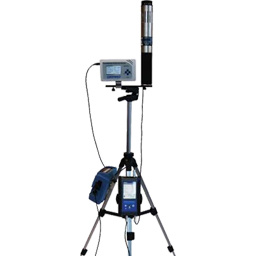孤立型透镜的地转适应研究:对博格(Burger)数和初始几何条件的依赖关系
Geostrophic adjustment of an isolated axisymmetric lens was examined to better understand thedependence of radial displacements and the adjusted velocity on Burger number and the geometryof initial conditions. The behavior of the adjustment was examined using laboratory experimentsand numerical simulations, which were in turn compared to published analytical solutions. Threedefining length scales of the initial conditions were used to distinguish between various asymptoticbehaviors for large and small Burger number: the Rossby radius of deformation, the horizontallength scale of the initial density defect, and the horizontal length scale of the initial pressuregradient. Numerical simulations for the fully nonlinear time dependent adjustment agreed bothqualitatively and quantitatively with analogous analytical solutions. For large Burger number,similar agreement was found in laboratory experiments. Results show that a broad range of finalstates can result from different initial geometries, depending on the values of the relevant lengthscales, and the Burger number computed from initial conditions. For Burger number much largeror smaller than unity, differences between different initial geometries can readily exceed an order ofmagnitude for both displacement and velocity.
